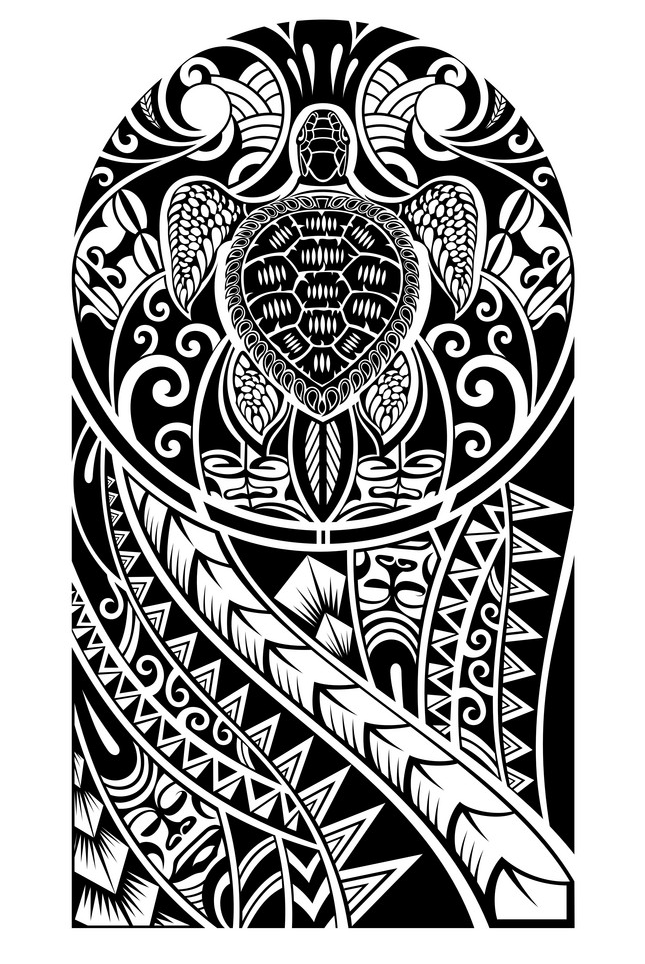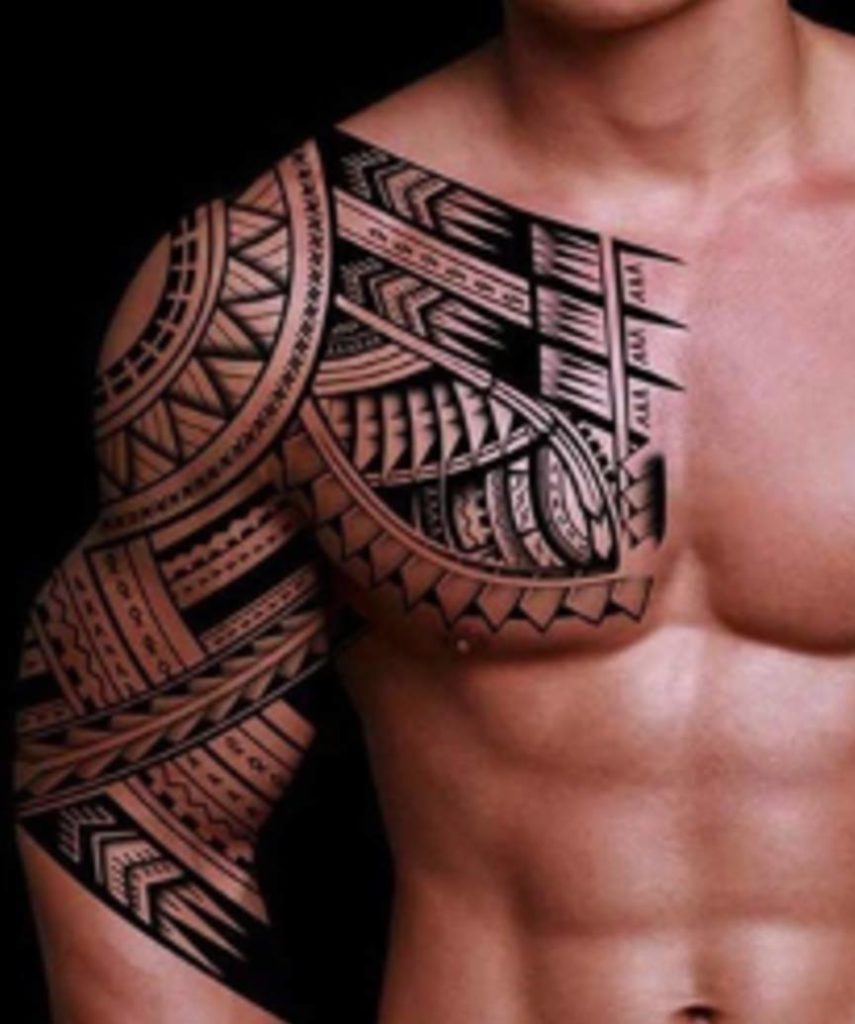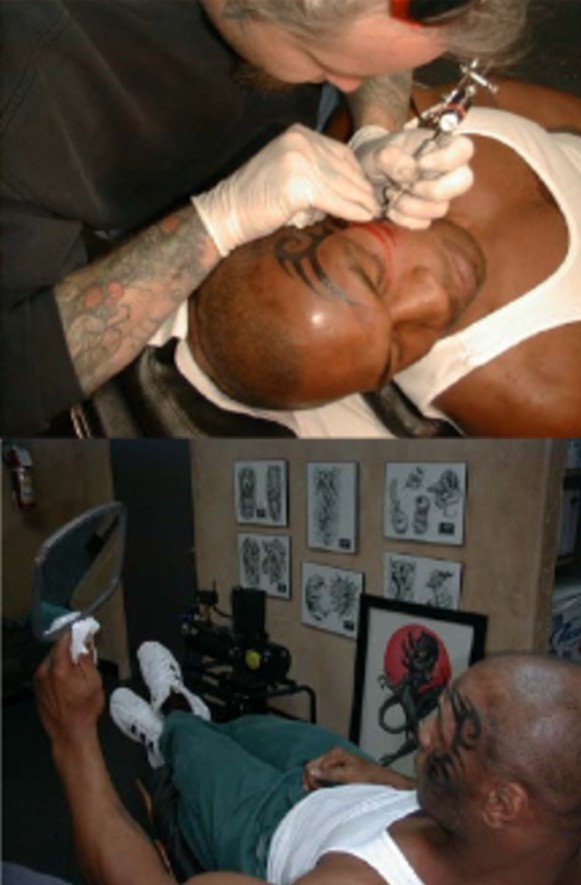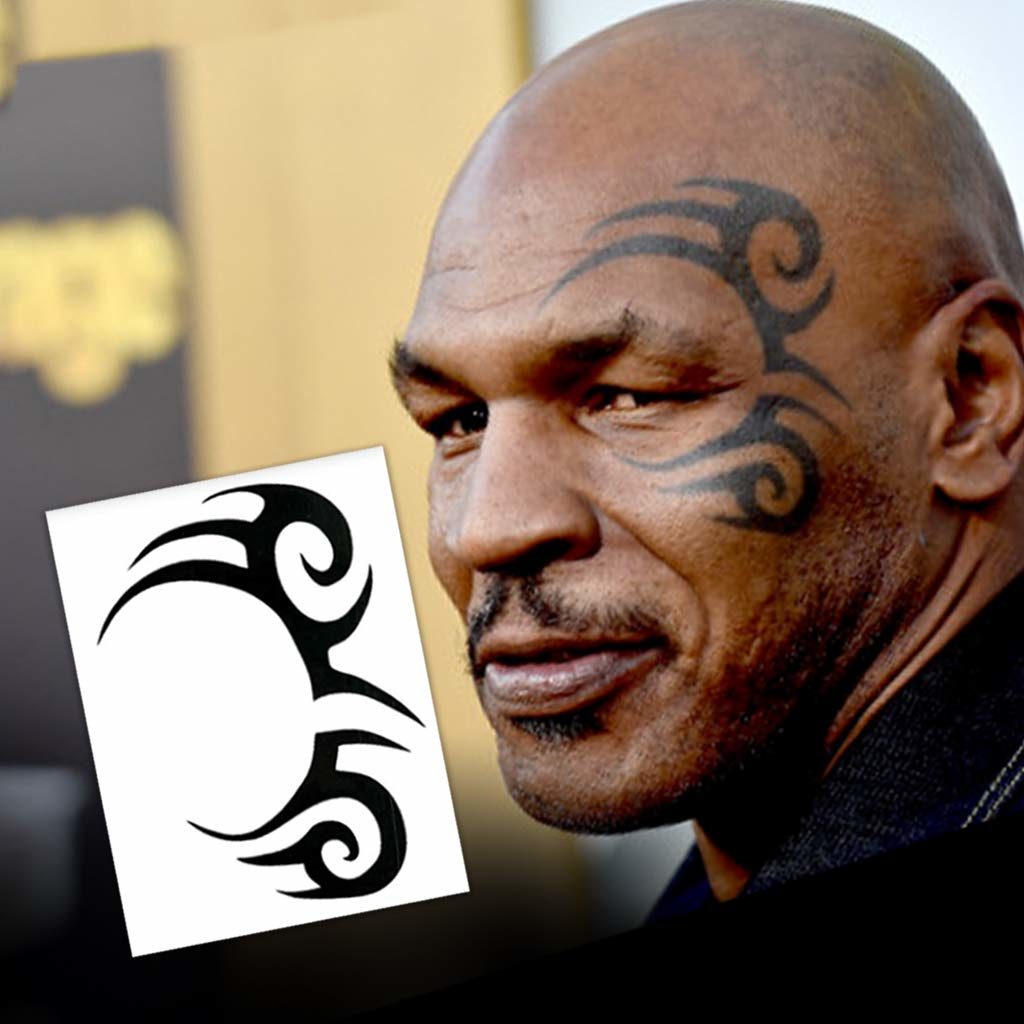In the movie “The Hangover Part II,” feeble Dr Stu Price wakes up with a hangover that will last a lifetime: a huge tribal symbol tattooed to his left cheek, identical to the Maori-themed tattoo world-champion boxer Mike Tyson dons. (The Māori are the indigenous Polynesian people of New Zealand.)


Although millions of fans found humour (and paradox) in Tyson’s tattoo on Stu’s face, Mr S. Victor Whitmill had a definite nightmare. Mr Whitmill was none other than the creator of that tattoo. He went on claiming exclusive right to create derivative works as well as the right to the public display of the tattoo. In his suit against Warner Bros. for appropriating the copyrighted “Tribal Tattoo” onto Ed Helms’ character, Whitmill claimed that this case was not about Mike Tyson, Mike Tyson’s likeness, or Mike Tyson’s right to use or control his identity. Rather, his complaint stated that it was about the copying of the tattoo onto someone else (rather something else), and the ‘failure to obtain permission to reproduce a derivative work for use throughout the film and promotional materials’.
The Case
The case was filed in the in the United States District Court for the Eastern District Of Missouri Eastern Division
Whitmill claimed that when he created the Original Tattoo, Mr. Tyson agreed that Mr. Whitmill would own the artwork hence he holds the copyright in the Original Tattoo. According to him, Warner Bros. Entertainment, Inc. has copied Mr. Whitmill’s Original Tattoo and placed it on the face of another actor in THE HANGOVER II. The Act was committed without attempting to contact Mr. Whitmill, obtain his permission, or credit his creation.
One must understand here that for Whitmill, this case was not about Mike Tyson, Mike Tyson’s likeness, or Mike Tyson’s right to use or control his identity. This case is about Warner Bros. appropriation of Mr. Whitmill’s art and Warner Bros. unauthorised use of that art without obtaining permission. Moreover, for Whitmill, not only was this infringing copy (the “Pirated Tattoo) used throughout the movie, to make it more severe, Warner Bros. also used the Pirated Tattoo extensively in advertisements and promotions.
It was now true that the most ironical and hilarious part of the movie was becoming a serious affair for both sides. It is interesting to see how Whitmill claimed his infringement of copyrights.
On February 10, 2003, while living in Las Vegas, Nevada, Whitmill created and applied a distinctive tattoo to the upper left side of the face of the former, world heavyweight champion boxer Michael Gerard “Mike” Tyson (the “Original Tattoo”).
Whitmill also produced the photographs of this process.

Whitmill proved that he completed the job at the Paradox-Studio of Dermagraphics, and was the sole creator, author, and owner of all rights, including copyright, in the Original Tattoo, which was fixed in a tangible medium of expression.
Further, on the day Mr. Whitmill created the Original Tattoo, Mr. Tyson signed a release form acknowledging that all artwork, sketches and drawings related to [his] tattoo and any photographs of [his] tattoo are property of Paradox-Studio of Dermagraphics.
A true and accurate photograph of Original Tattoo

Whitmill had registered the copyright in Original Tattoo. He also stated that he had never copied the Original Tattoo onto anyone else and had never licensed or otherwise authorised anyone else to copy, distribute, or publicly disseminate the Original Tattoo or make derivative works based upon it.
Hence Mike Tyson’s tattoo is already registered by Whitmill, and Tyson does not own his tattoo. While there is an agreement with Whitmill, providing Tyson with the right to use his tattoo in media appearances, it does not provide him with the right to reproduce it. Further, Tyson cannot licence its use, although the tattoo is on his face and is widely considered a primary part of his image.
Doctrine of Fair Use
Was the doctrine of Fair Use applicable here? Fair use is an exception to the exclusive rights of copyright holders allowing another to use or reproduce the copyrighted material for certain limited purposes, such as education, without permission. Warner Bros. has the burden of proving that the use of Tyson’s tattoo in the movie satisfies the factors of the fair use.
While determining fair use, the primary factor is the purpose and character of the use. The use must be transformative, altering the original work with new expression, as opposed to being a derivative work. In this situation, it would be hard to claim that the use of the tattoo on Stu’s face is transformative. Warner Bros. argued that the tattoo on Helm’s face in The Hangover II was used to parody Tyson, who makes a personal appearance in the film.
It was difficult to claim the fair use on the above grounds.
- The purpose and character of the use, including whether such use is commercial or is for nonprofit educational purposes
- The nature of the copyrighted work
- The amount and substantiality of the portion used about the copyrighted work as a whole
- The effect of the use upon the potential market for, or value of, the copyrighted work.
Settlement
Before reaching trial, Warner Bros. and Whitmill “amicably” settled the copyright infringement lawsuit during a mediation session.
Finally, Warner Bros settled a $30 million lawsuit. There is hardly any idea as to how much he was paid, but considering that Hangover II grossed more than $500 million worldwide, the amount must have been an iota.
The entire argument is based on US copyright law. In the context of Indian Copyright Act, Section 13(4) maintains that the copyright in a cinematographic film or a sound recording shall not affect the separate copyright in any work in respect of which or a substantial part of which, the film, or, as the case may be, the sound recording is made.
All that we can understand from this infringement suit is that, even tattoos are copyrighted.













